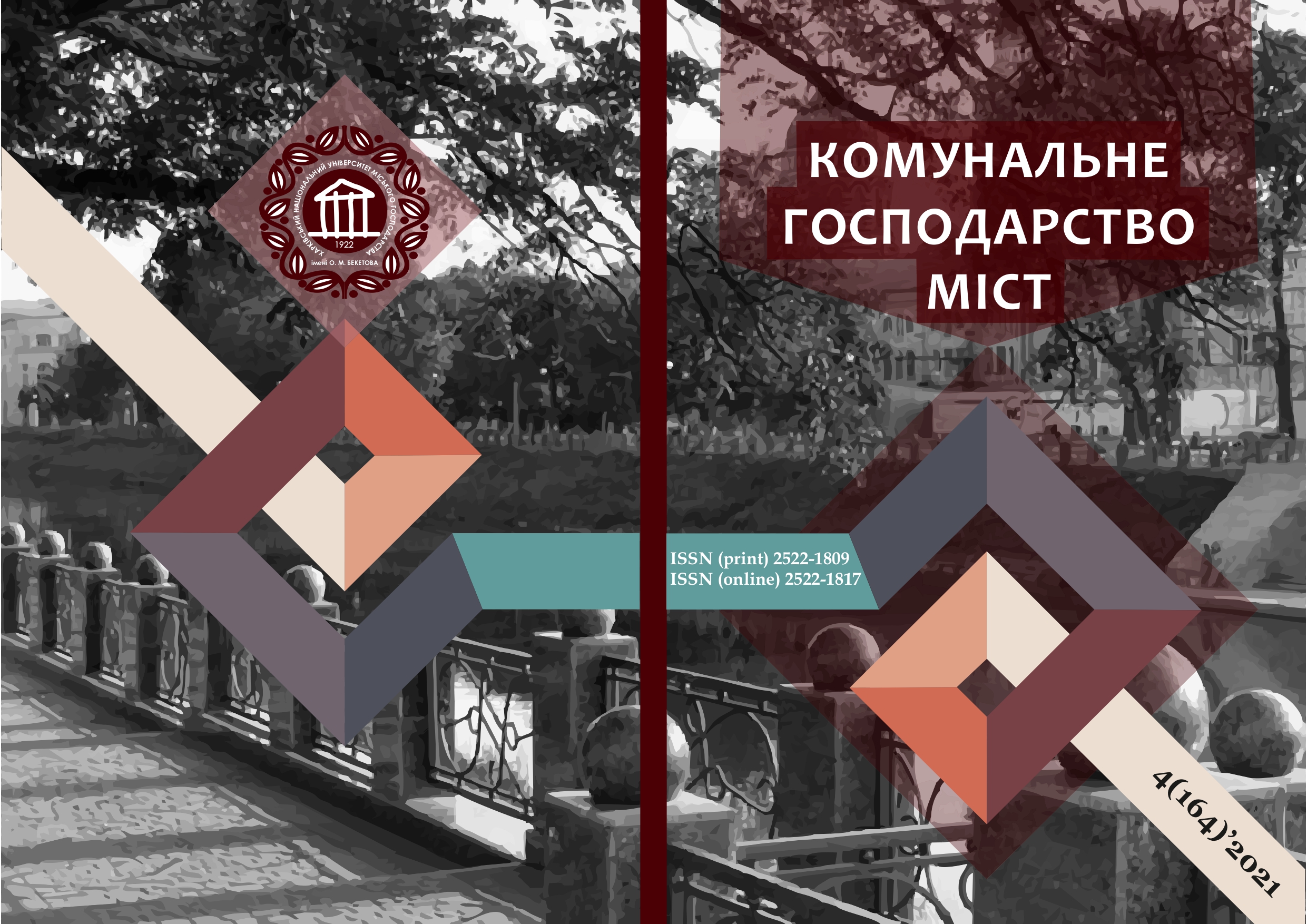PULSE METHOD FOR DETERMINATION OF TIME PARAMETERS THERMAL FIRE DETECTOR
Array
Keywords:
fire detector, thermoresistive sensitive element, operation time, time constant.Abstract
For thermal fire detectors with a thermoresistive sensitive element, the method of determining its time parameters is justified. The time parameters of operation and the time constant of the thermal fire detector are considered as time parameters. The method is based on the use of the Joule-Lenz effect, for the implementation of which single pulses of electric current are passed through the thermoresistive sensitive element of the fire detector. Pulses having the shape of a quarter sinusoid or a quarter cosinusoid are used as such test signals. Using the Laplace integral transformation, analytical expressions are obtained, which represent the formalization of the reaction of the thermoresistive sensitive element of the fire detector to the corresponding test signals. These analytical expressions are used to obtain the functional dependences of the fire detector time constants on the pulse duration of the electric current and the auxiliary parameter. The auxiliary parameter is the ratio of the values of the output signal of the thermal fire detector at two fixed points in time. This choice of auxiliary parameter allows to ensure invariance with respect to the transfer coefficient of the thermal fire detector with a thermoresistive sensing element. The fixed moments of time are chosen to be equal to half and three quarters of the duration of the pulses of electric current flowing through the thermoresistive sensitive element of the fire detector. The time of operation of the thermal fire detector is determined in the form of two additive components, one of which is a time constant of the fire detector, and the other is determined by the values of normalized parameters in accordance with existing regulations. A sequence of procedures is given, which together represent a method of determining the time parameters of thermal fire detectors of this type.
References
2. Sharovar, F.I. (2013) Fire warning automation (theory and practice of fire prevention of low-power fires). Moscow, 556 p.
3. GOST R 53325-2012. (2012) Edition. Fire equipment. Technical means of fire automation. General technical requirements and test methods. Moscow, 270 p.
4. DSTU EN 54-5: 2003. (2004) Edition. Fire alarm systems. Part 5. Detectors fire thermal point. (EN 54-5: 2000, IDI). Kyiv, 162 p.
5. Abramov, Y.A, Kurinny, E.V. (2005) Spot heat detectors of the maximum type. Kharkiv, 129 p.
6. Harutyunyan, D.M. (2014) New technologies of guaranteed fire prevention. Moscow, 232 p.
7. Abramov, Yu.A., Gubarev, A.P, Uzunov, A.V. etc. (1997) Management in technical systems with gas and liquid component. Kiev, 285 p.
8. Sadkova, V.P, Abramov, Yu.A. (2006) Estimation of speed
of sensors of primary information of systems of automatic fire extinguishing with spherical thermoresistive sensitive element. Problems of emergency situations, 3, 128–137.
9. Abramov, Yu.A., Gvozd, V.M., Tishchenko, E.A. (2011) Improving the efficiency of fire detection by temperature. Kharkiv, 129 p.
10. Abramov, Yu.A., Basmanov, A.E. (2011) Determination of time characteristics of thermal fire detectors during autonomous tests. Kharkiv, 110 p.
11. Kalchenko, Ya.U., Abramov, Yu.A. (2015) Identification of the dynamic parameter of fire detectors with a thermoresistive sensitive element. Problems of fire safety, 37, 71–74.
12. Korn, G., Korn, T. (1968) Handbook of Mathematics. Moscow, 720 p.
13. Lazarev, Yu. (2005) Modeling of processes and systems in Matlab. St. Petersburg, 512 p.
14. A method of determining the time of operation of thermal fire detectors with a thermoresistive sensing element: US Pat. 115933 Ukraine. №201604947; declared 26/12/2016; publ.10.01.2018, Bull. No 1.
Downloads
Published
How to Cite
Issue
Section
License
The authors who publish in this collection agree with the following terms:
• The authors reserve the right to authorship of their work and give the magazine the right to first publish this work under the terms of license CC BY-NC-ND 4.0 (with the Designation of Authorship - Non-Commercial - Without Derivatives 4.0 International), which allows others to freely distribute the published work with a mandatory reference to the authors of the original work and the first publication of the work in this magazine.
• Authors have the right to make independent extra-exclusive work agreements in the form in which they were published by this magazine (for example, posting work in an electronic repository of an institution or publishing as part of a monograph), provided that the link to the first publication of the work in this journal is maintained. .
• Journal policy allows and encourages the publication of manuscripts on the Internet (for example, in institutions' repositories or on personal websites), both before the publication of this manuscript and during its editorial work, as it contributes to the emergence of productive scientific discussion and positively affects the efficiency and dynamics of the citation of the published work (see The Effect of Open Access).

